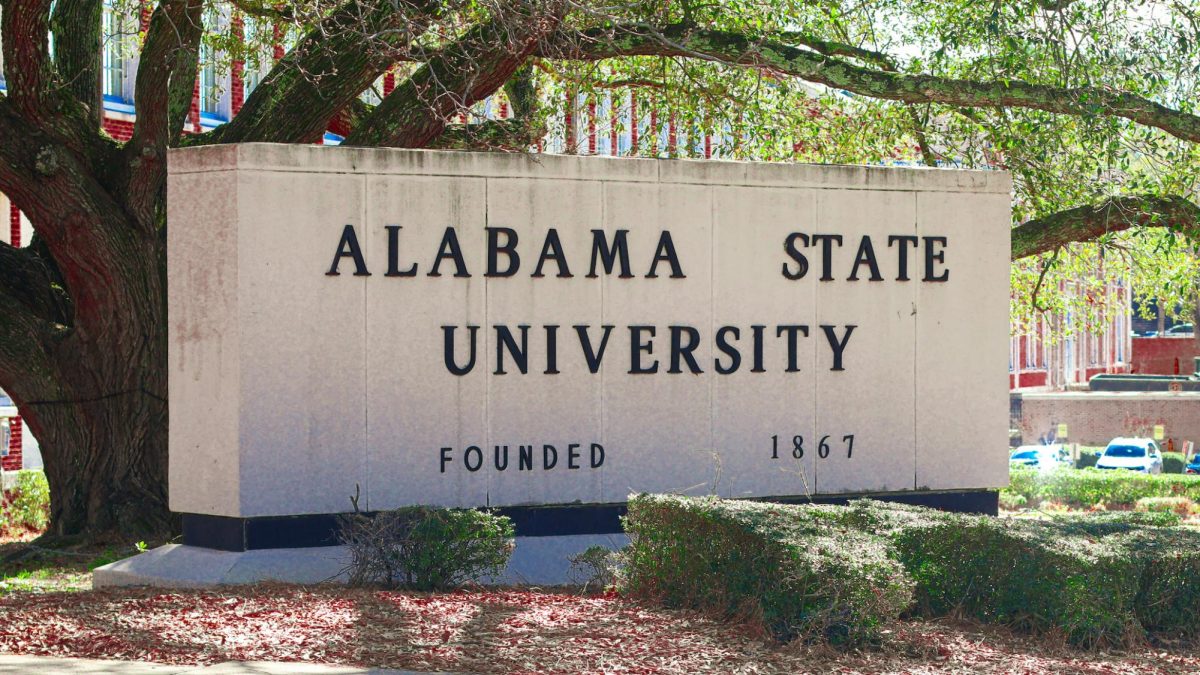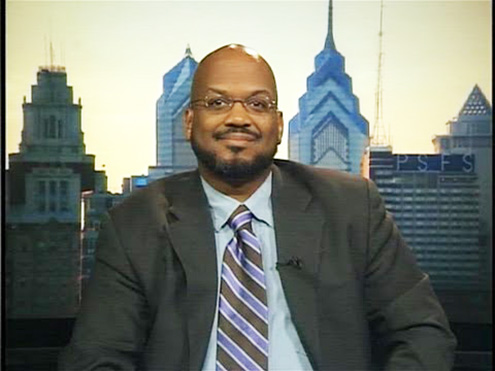Animation is a medium that has been around for a long time. Whether it be 10-minute shorts or entire feature films, it is a style of storytelling that has persisted through the decades and has inspired generation after generation all across the globe.
However, animation is a medium that still struggles to be taken seriously by the film industry due to the erroneous belief that it is only meant for kids. And if it is only meant to be enjoyed by children, then it has no real value or meaning.
But the truth is that animation is one of the most important visual mediums in the world, and it might have an even greater reach and impact than live action productions.
Animation has been around since the early 1800s. People all around the world had been interested in shows with moving figures such as puppetry, play and the stroboscopic disc.
A stroboscope is used to make a cyclically moving object appear to move slower than it actually is. The stroboscope turned out to be very influential and would be used to form the basics of what modern animation is now.
Animation itself has been very influential in the film industry. Walt Disney Studios’ animated short “Steamboat Willie” popularized film with synchronized sound. This extended to the entire film industry, including live action films. Even back in the late 1920s to early 1930s, the power and popularity of animation was a force to be reckoned with.
Since the early days of films like “Snow White and the Seven Dwarves,” animated movies had a whimsical aura that was seen to mainly appeal to kids. And since real actors are not being used, animation was seen as “imaginary” rather than anything based in reality.
While there is some truth to that, one could argue that it is the case for any movie and television series. The stories being told are made up, and while some opt to aim for a sense of realism, it does not change the fact that they are both made up stories, with one aiming more towards big spectacles.
One could argue that the main appeal of animation is that it can push the boundaries of what can be achieved with special effects. While CGI has steadily improved over the years, there are a lot of things only animation can truly portray with the right charm, such as talking animals and fairytale stories.
Musicals can be executed in any medium, but they do seem to especially shine while animated. Walt Disney Studios’ long line of animated musical hits only supports this. When one hears the word “fairytale musical,” they are likely to think of Disney and its iconic discography.
But something incorporating fantasy elements does not immediately make it less mature than another piece of media that does not. Maturity is not reliant on the medium of a production but rather the minds behind it. Animation itself seems to suffer due to the incompetent people behind it.
A lot of animated films being released nowadays have slowly decreased in whimsy and maturity, often going for low hanging fruit that will only entertain the youngest or most immature of audiences. These include fart jokes and often plastic animation that does not display the greatest strength of the animators. Because of these films, adults often dismiss animation as being only for kids.
In the past, animation used to be taken much more seriously. In 1992, “Beauty and the Beast” became the first full-length animated feature film to be nominated for an Academy Award for Best Picture. So far, “Beauty and the Beast” has been the only animated film to receive such a nomination despite the release of highly acclaimed films that followed it such as 1992’s “Aladdin,” 1994’s “The Lion King” and 1995’s “Toy Story.”
This may be due to the fact that in 2001, the Academy Award for Best Animated Feature category was established. But while the intent to recognize animation might have motivated the decision, it might have only added to the belief that animation is not on the level of traditional film.
Over the years, more adult based animated productions have been produced, such as the television series “The Simpsons” and “Family Guy,” and the feature films “Sausage Party” and Japanese films such as “The Tale of the Princess Kaguya.”
But adult animated productions often fall into the same web of not being taken seriously. Adult animated programs struggle with being seen as mature due to the gross, often over the top jokes they seem to make. Due to it being animated, they seem to be able to get away with more because it is not real and would be much harder to get away with.
This juvenile way of telling jokes brings down the medium of animation and causes people to think that it is only made for entertaining children and the dumbest of adults. It is seen as rare that an adult animated series takes itself seriously and is written well.
Only a few adult animated programs such as “The Boondocks,” “Castlevania,” “Love Death & Robots” and “Bojack Horseman” seem to attempt to be mature and profound while embracing its medium.
At the end of the day, it is not the audience’s fault for believing what they do about animation. It is the fault of the industry for only choosing to produce trash that they know will attract the lowest common denominator in search for a quick buck. They also push animation to the side and do not treat it as a priority.
Truly incredible animated series such as “The Owl House” are often canceled when they do take themselves seriously. “The Owl House” steadily matured itself over its run and because of that was canceled due to not fitting the “Disney” brand. Which is honestly a little humorous, since whimsical yet mature fantasy seems to be the brand that established Disney as the global powerhouse it is today.
More and more writers are pushing to create quality animated content with mature themes and characters whilst still maintaining the charm of its chosen medium, but if the industry keeps choosing to shelve or cancel these stories in favor of projects ten times more childish, then animation will continue to suffer.









